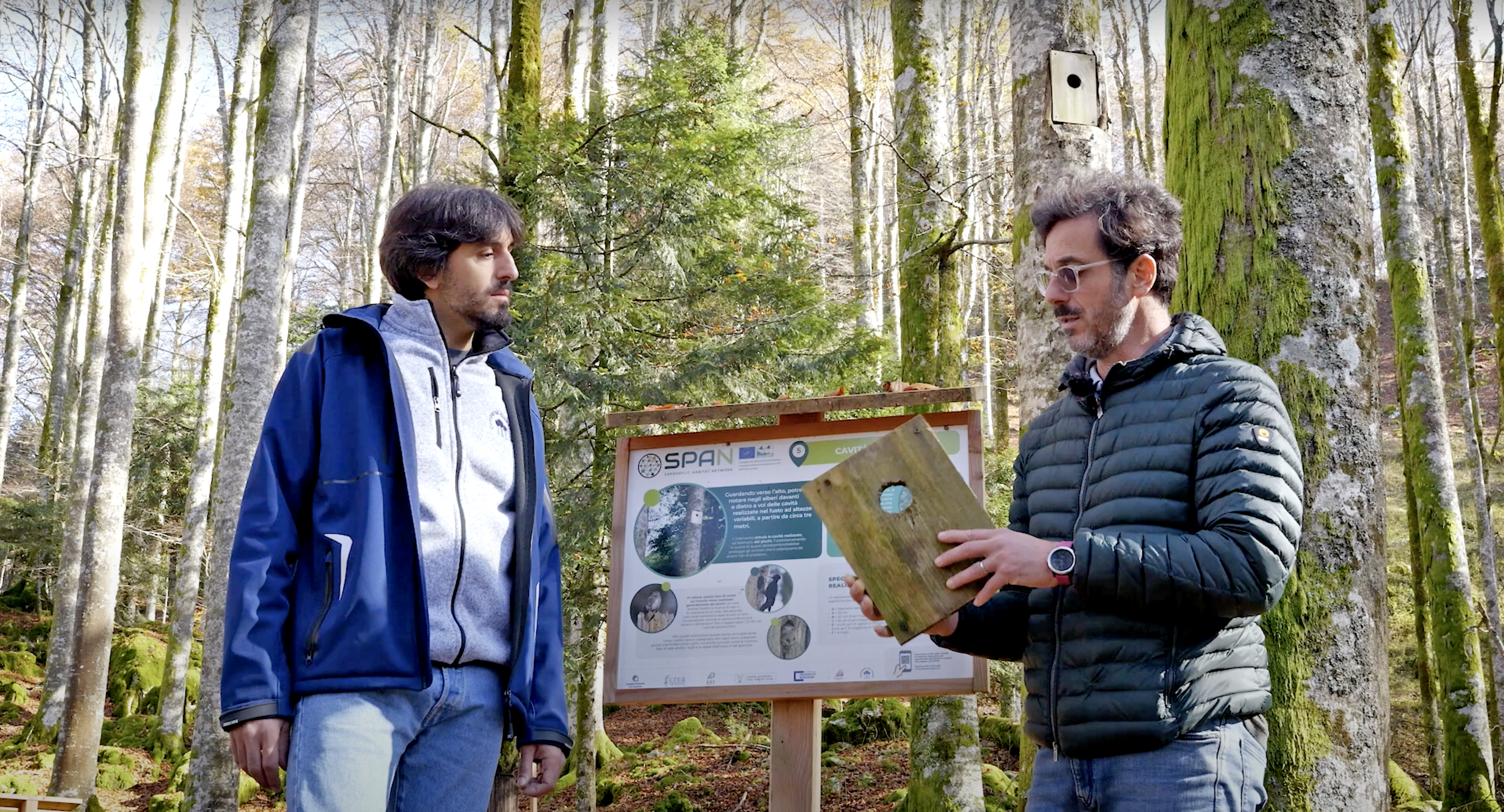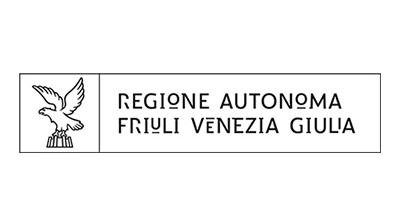To support technicians engaged in biodiversity conservation, the LIFE SPAN project team has created a series of five short videos in which Bruno De Cinti, researcher at CNR-Iret and project coordinator, guides viewers through the interventions carried out in Cansiglio.
The techniques demonstrated by De Cinti are scientifically proven to be effective but still struggle to gain traction in the Italian forestry sector, which is often reluctant to adopt innovations. Basal cavities, elevated cavities, girdling, pollarding—these are all interventions aimed at making sections of forest resemble old-growth forests, primarily by increasing the quantity and quality of available deadwood. This element is key to the survival and proliferation of saproxylic organisms and all other species connected to them.
“We decided to launch these videos on the occasion of the International Day for Biological Diversity,” explains De Cinti, “to emphasize the urgency of bridging the divide between those who manage forest resources and those who see forest management as a threat to biodiversity. The results of the LIFE SPAN project and many other European projects show us that combining timber production with biodiversity conservation is not only possible but also essential for sustainable management and for delivering all the ecosystem services we expect from forests.”
This video series is not the only outreach product created by LIFE SPAN. In recent years, the project has also published “Discovering Biodiversity”, an illustrated book by Compagnia delle Foreste, and a series of six videos that explain sustainable forest management and the conservation of saproxylic biodiversity. Both products are available online as part of a toolkit designed for those wishing to organize educational activities for primary school students.












